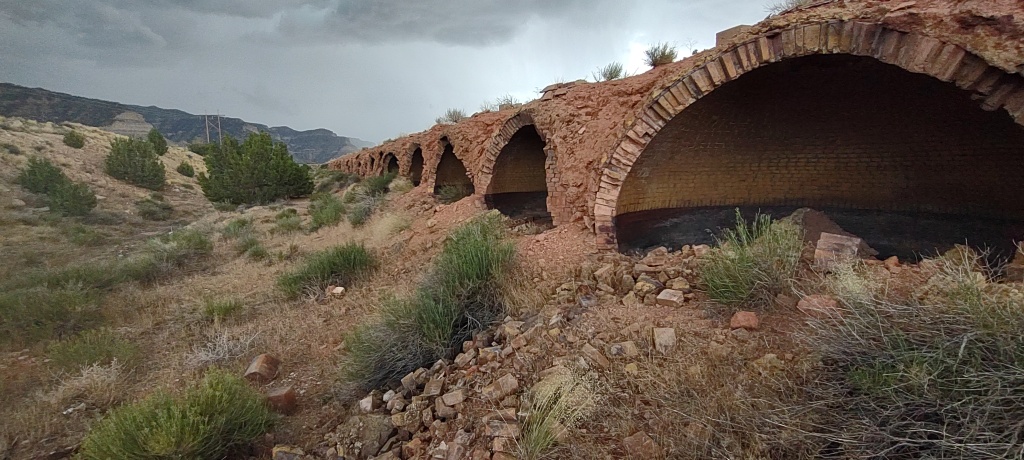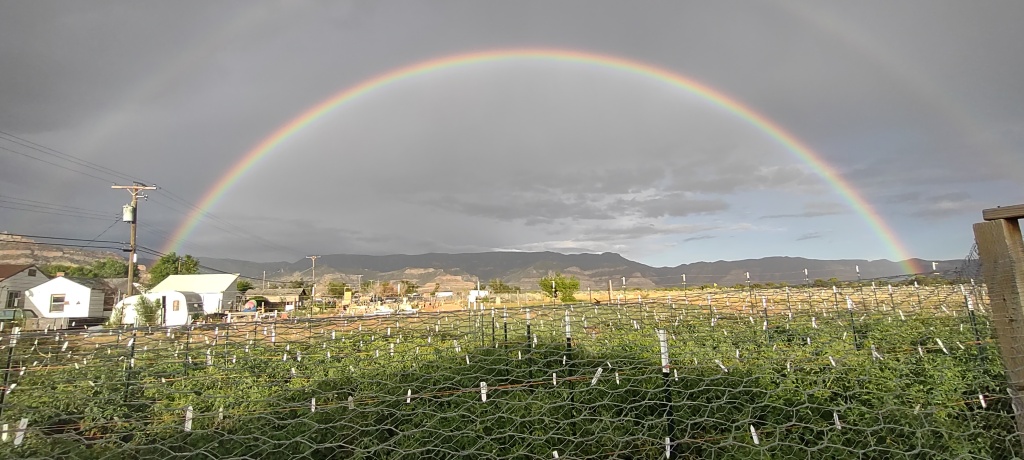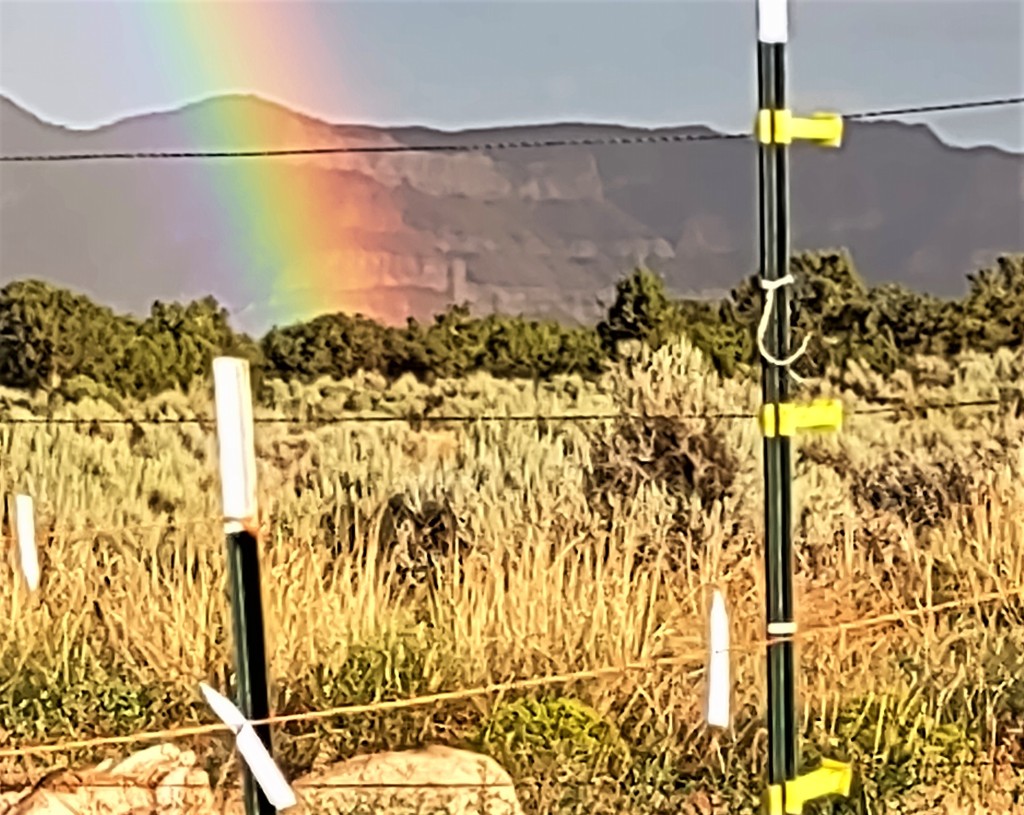Alternate title: Drosophila melanogaster Paradise
What informs the title of this blog post is the same phenomenon that explains why it will be far briefer than I had planned:
I just am not keeping up with everything. More than once I’ve use the term, “Triage”. But I’ll try for at least a couple of interesting tidbits.
First, explaining the title. Tomato avalanche is currently in full force, and I am struggling under the weight – over 200 batches of behind on processing for seed saving, with easily that many more on the vine, ripe and waiting for me to work faster – much faster. Literally thousands of ripe tomatoes – most of them itty bitty ones, of course.
Though I have a strong preference for fungi to do the fermenting and decomposing of tomato pulp, fruit flies are opportunists and seem to be extremely grateful for my inability to work 100 hours per day — they are reproducing like, um, flies!
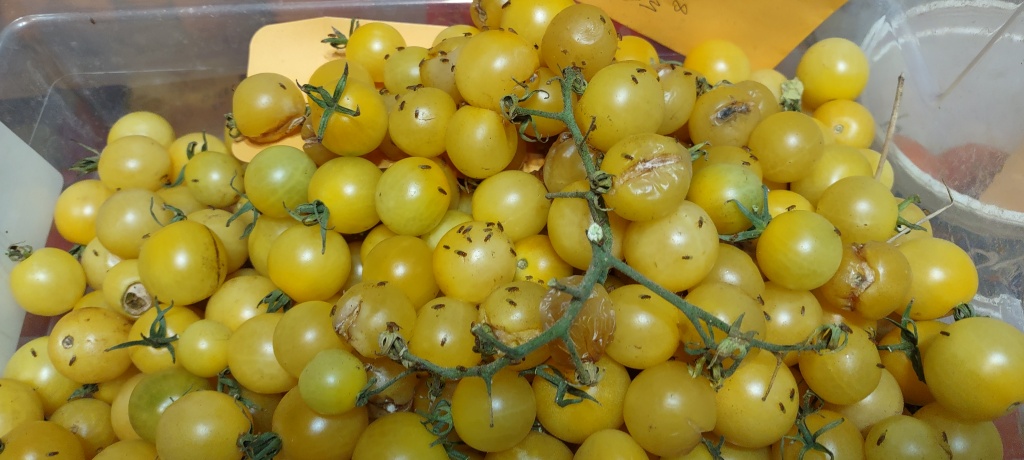
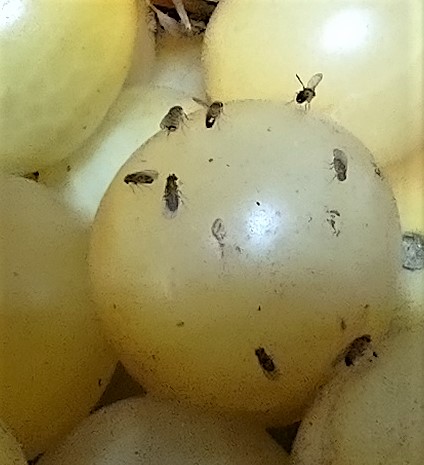
Final count of number of tomato varieties transplanted into the garden in 2023: 532
First/Last date tomato seeds planted from seed indoors: April 9th / July 6th
Fist/Last date tomato seedlings transplanted into garden: Math 26th / August 5th
Number of new varieties planted in 2023: around 115
Number of tomato plants dead or too damaged to produce tomatoes: Approximately 200, including about 70 that died from Curly Top Virus. The rest from overwatering (root rot) or critters (local Jackrabbits and Rock squirrels easily fit under the electric fence).
Number of photos taken to date in 2023: 3,057
Following are just a few samples – many more to follow next month
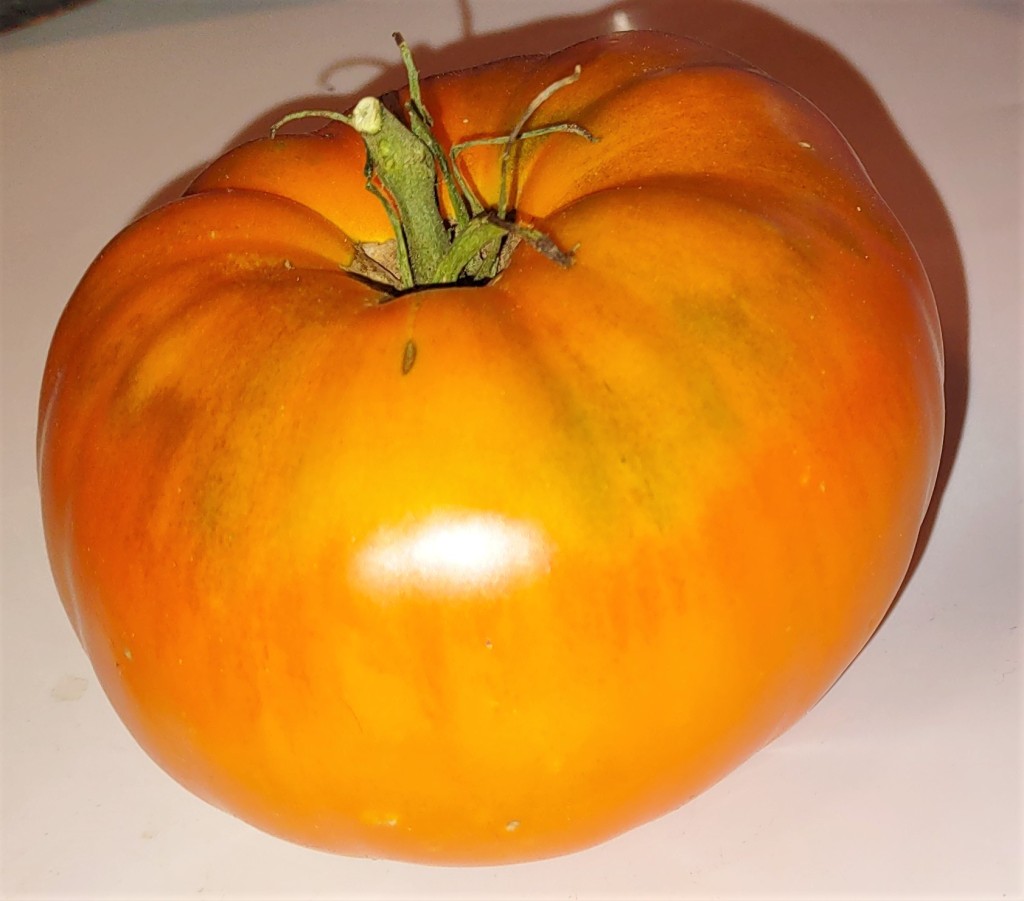
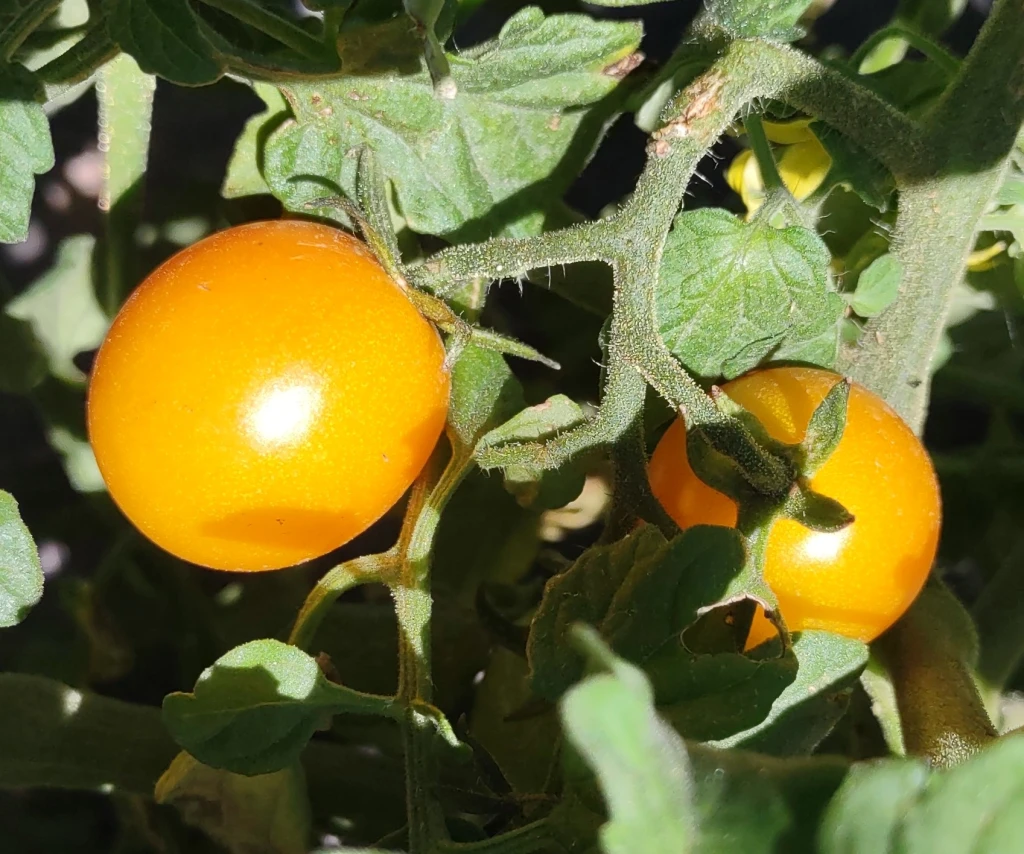





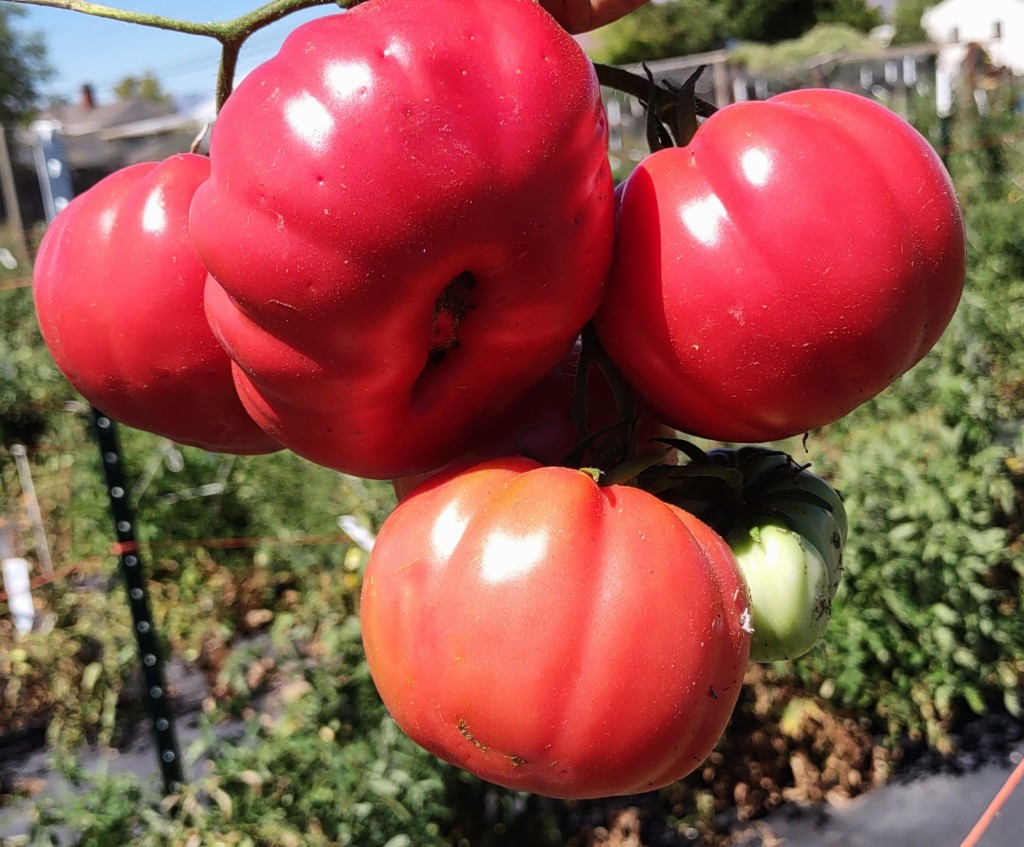


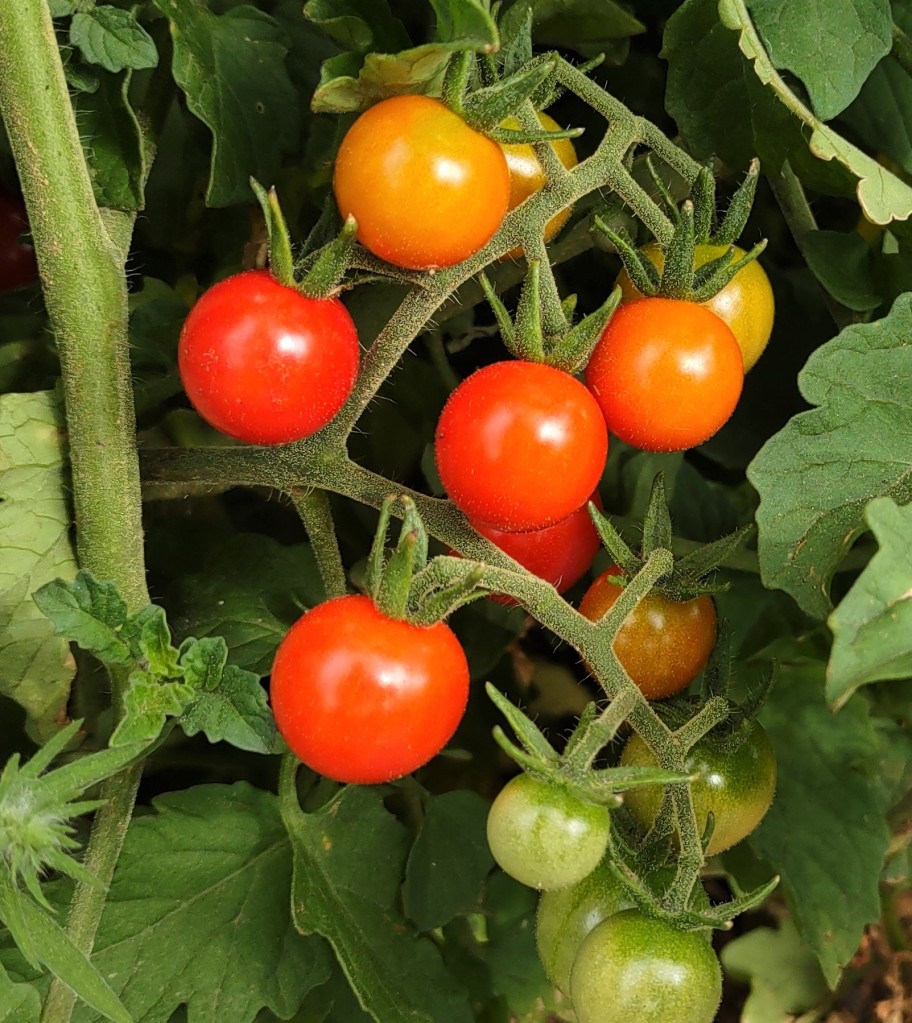

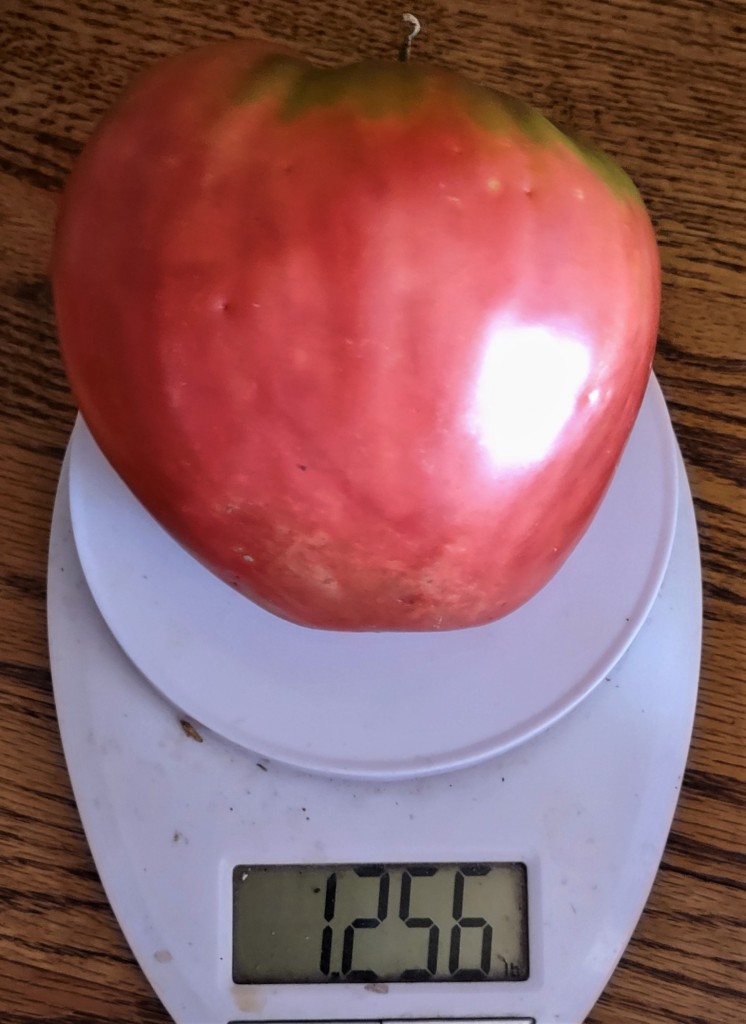
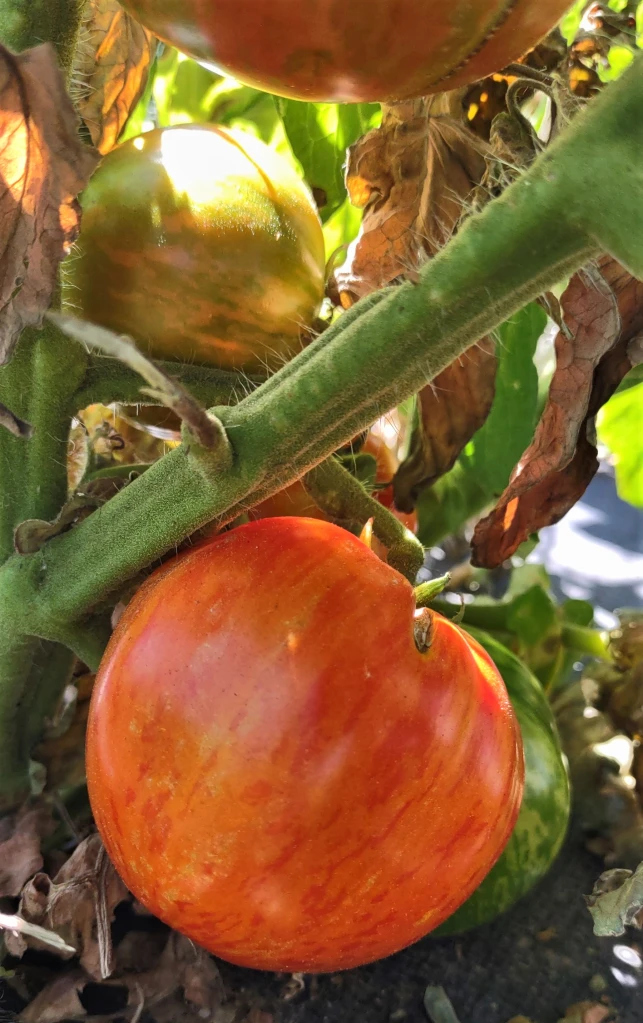
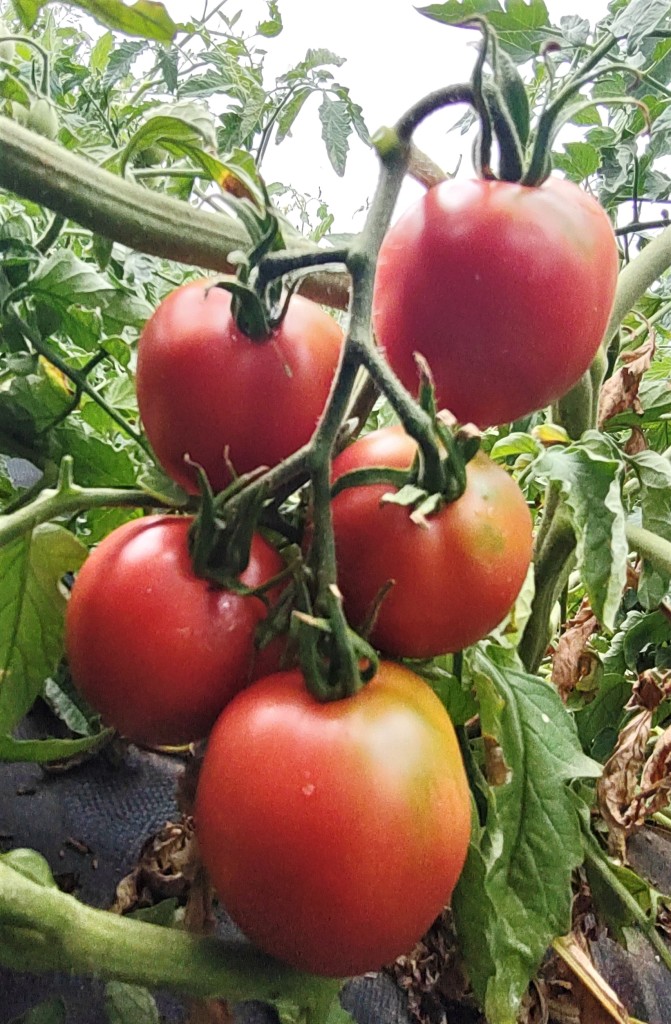
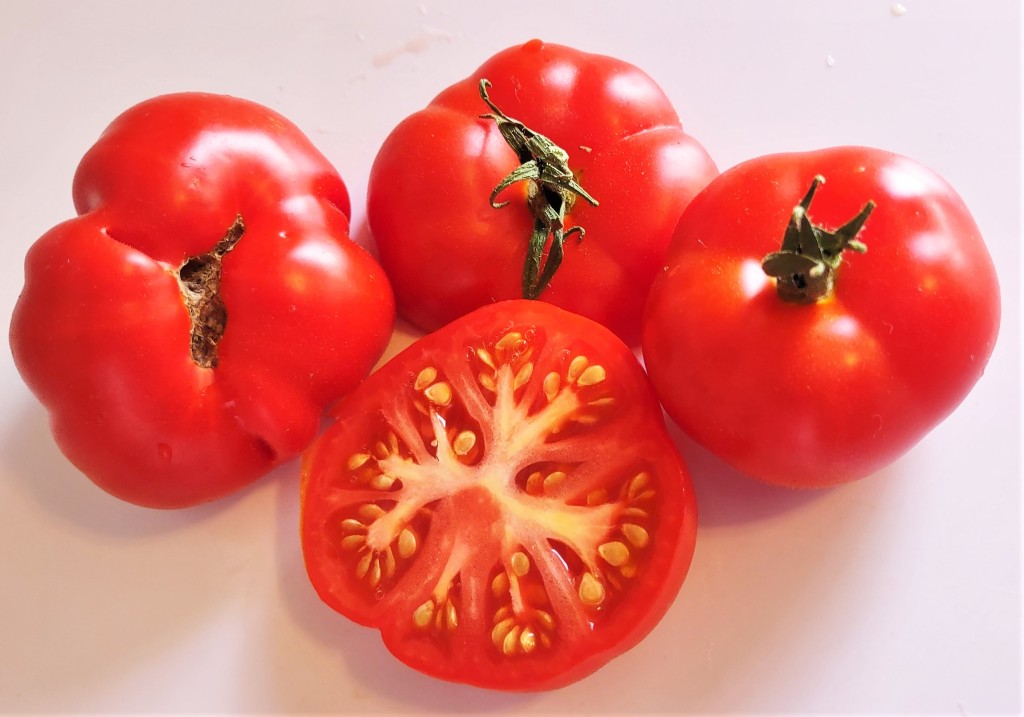
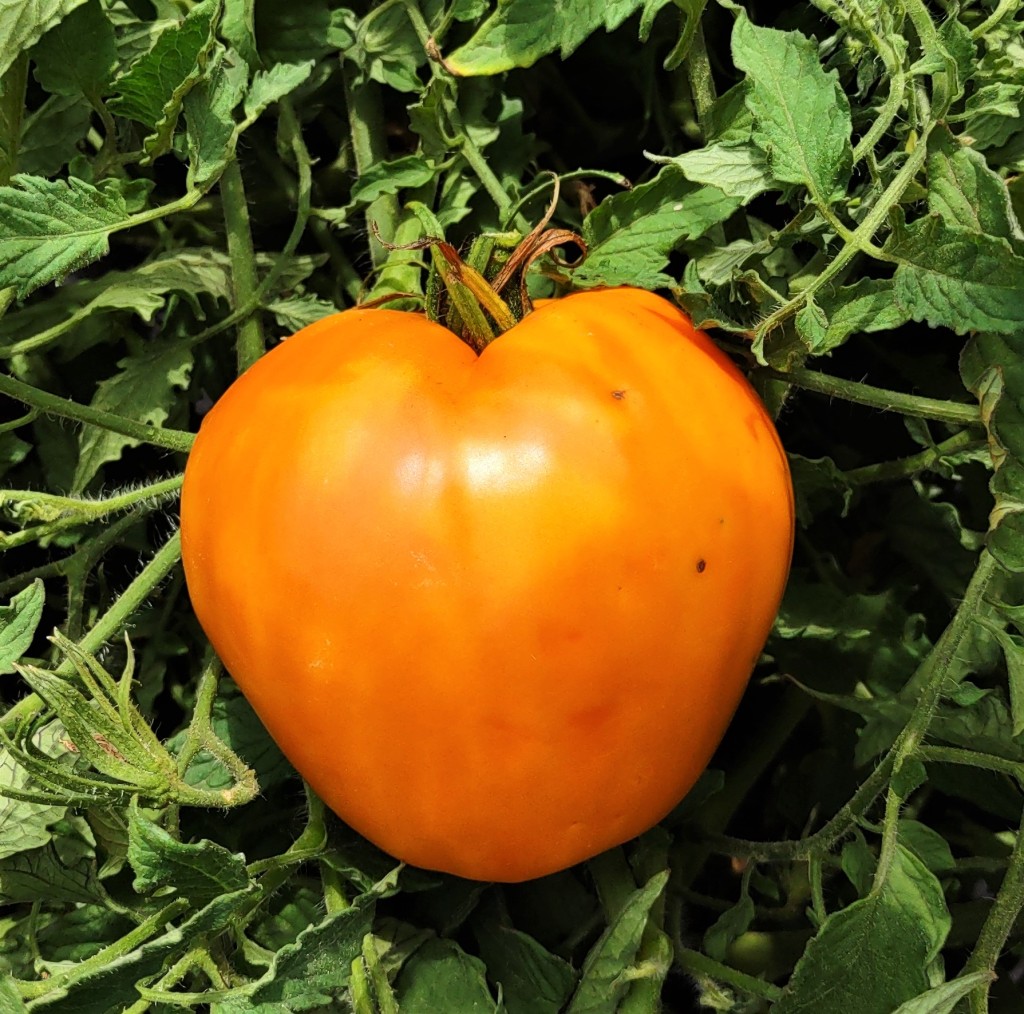
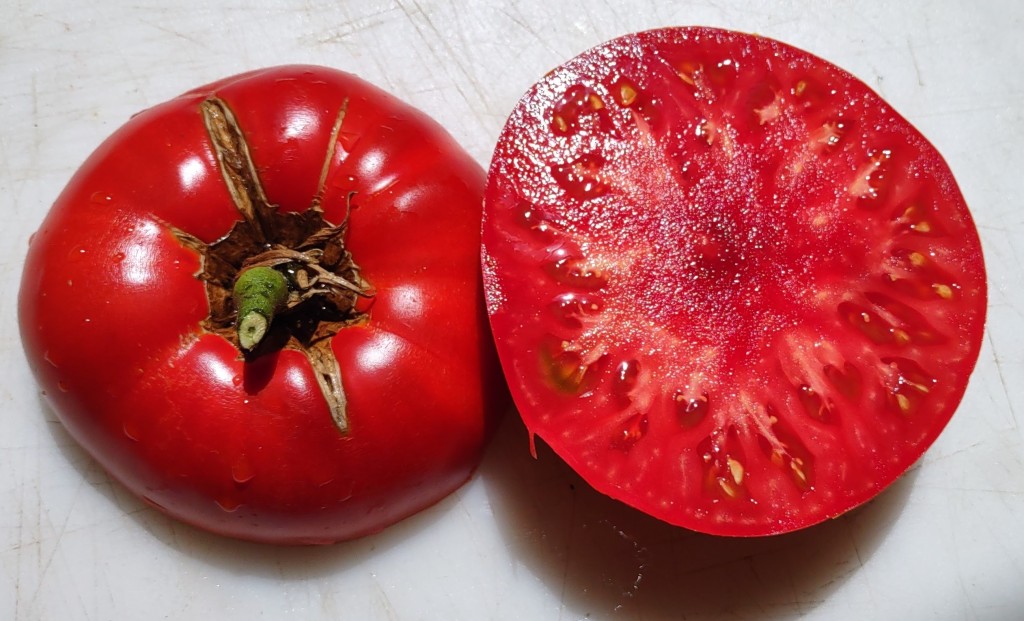
Ambrosia Gold: earliest, most productive, and one of the tastiest among the 120+ varieties of cherry tomatoes I’ve grown over the years. I’m thoroughly enjoying sampling so many tomato varieties; the challenge is to not allow myself to feel stressed for time. I’ve been getting some great help from a volunteer, up to 12 hours per week, which makes the work so much more pleasant and efficient – thank you JD!
Eight varieties of basil were planted indoors from seed on July 3rd, and it looks like the plants may still have time to produce seeds! Basil seedlings were potted up from plug trays into 1 to 2 gallon pots on August 4th, then scattered throughout the tomato patch, grouped by variety, to minimize the chance of cross-pollination.

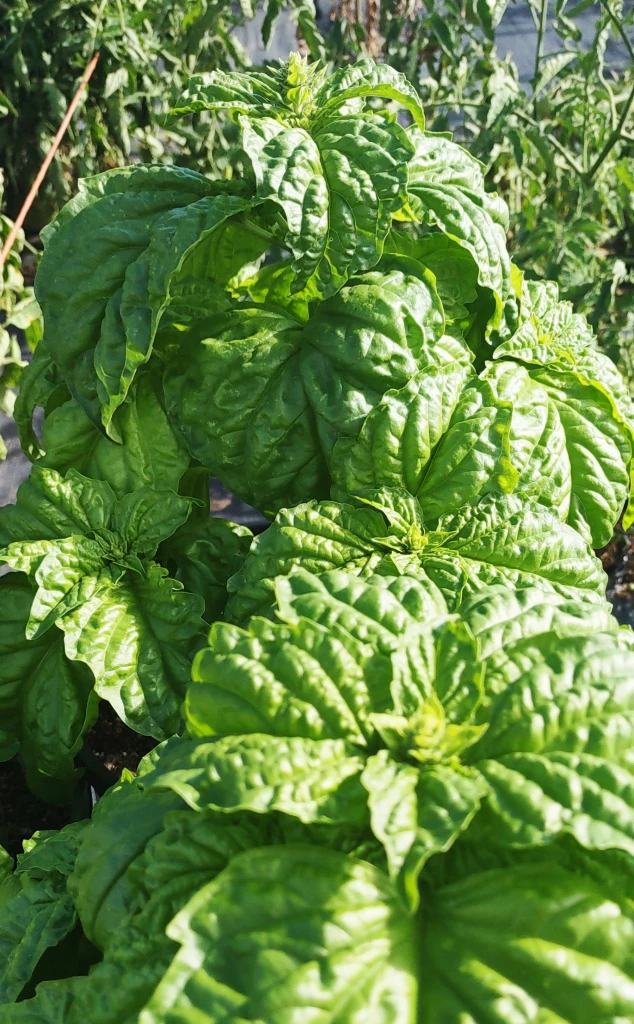
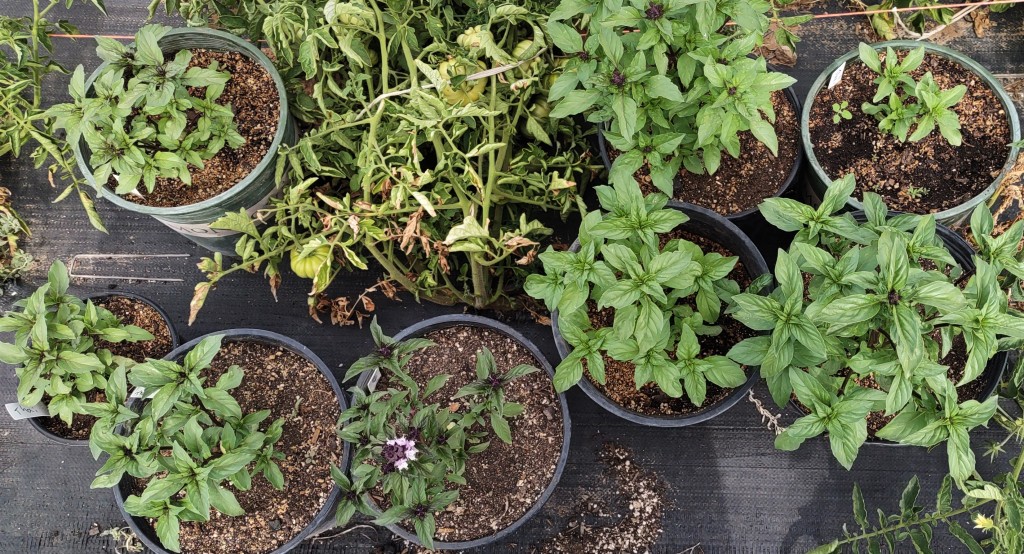
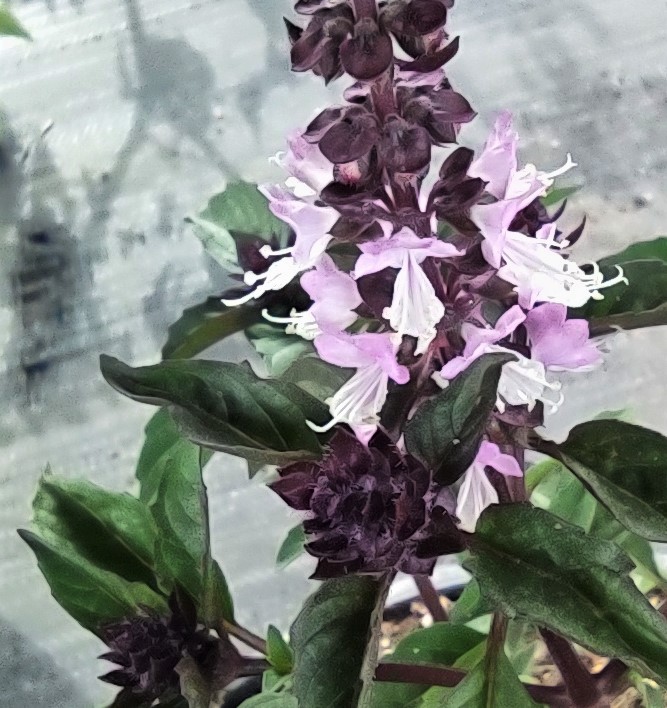
A variety of interesting arthropods are making there way into the garden ecosystem.
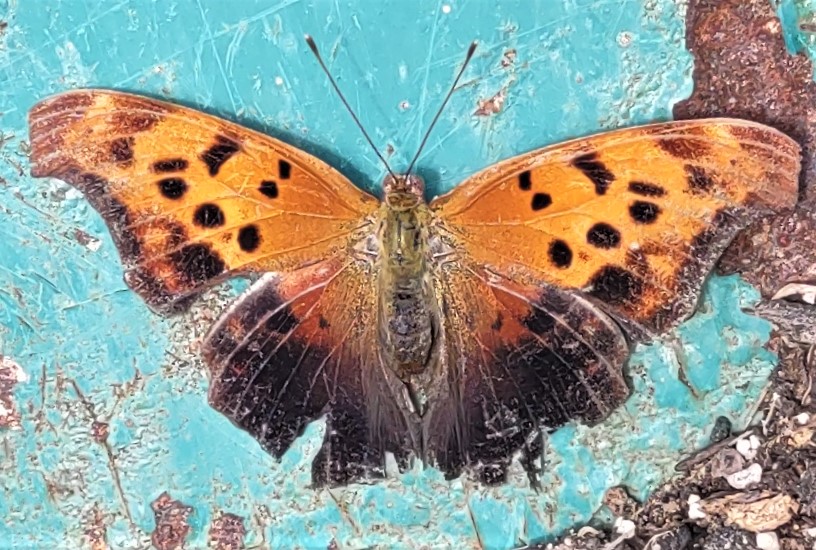
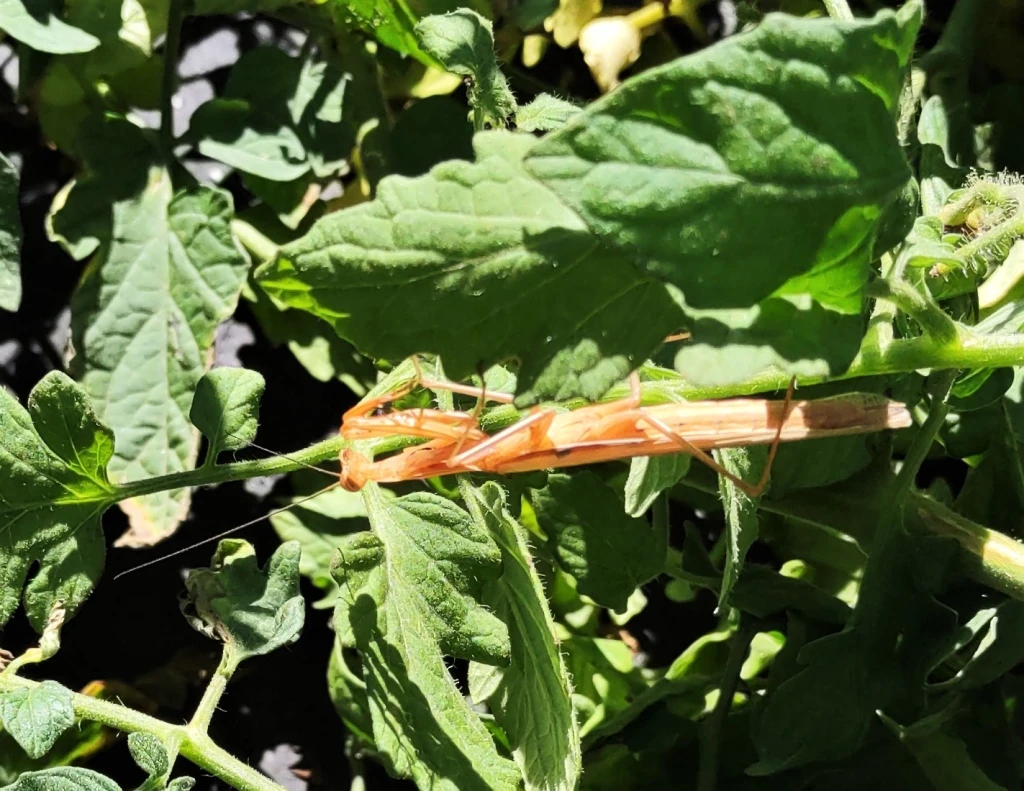

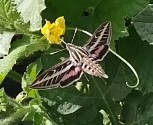
Tomato patch and melon patch are a veritable jungle of green. With some great help, most of the tomato vines are tied up now (August 31st) – not an easy task! But a lot has been neglected and procrastinated.

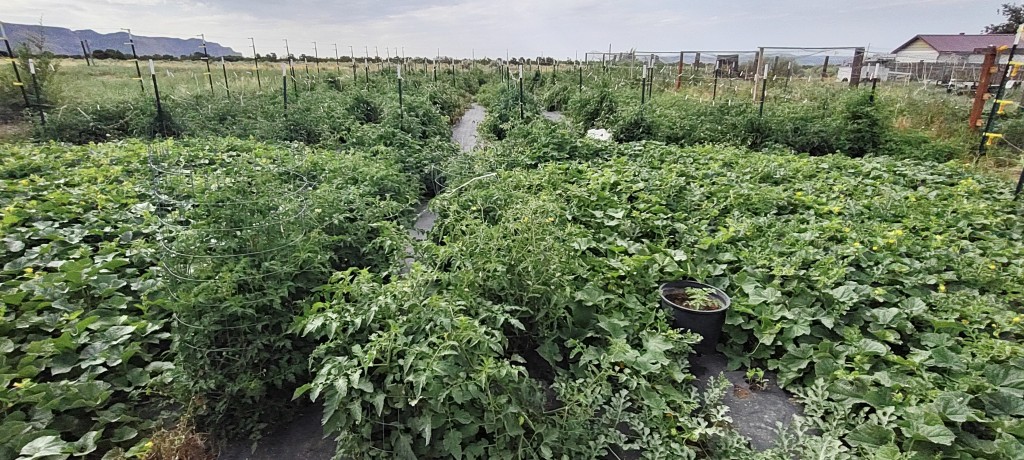

Following is a quick tour down the center of the tomato patch on August 28th – after vines were tied up, more or less.
Under the dense canopy of the melon patch are literally hundreds of cucumbers and melons. That black weed barrier fabric, and vigilance to make sure there was no wilting of vines, have helped make this the best melon patch I’ve ever grown. I just wish I had the time and means to make sure that there was 0%, rather than 30% (estimated) chance of cross-pollination.
Just a small sampling of what’s hidden here:
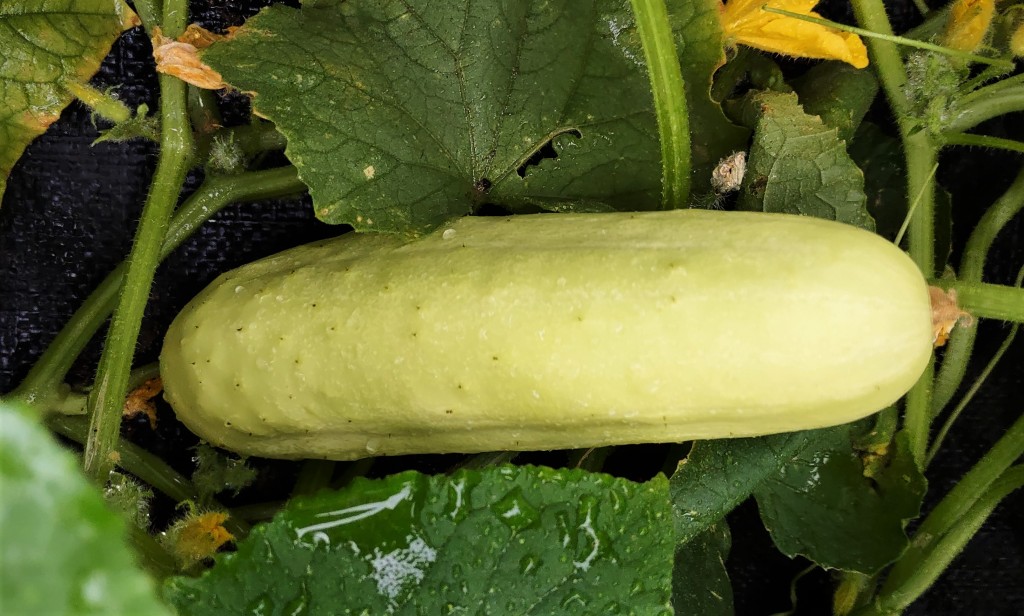


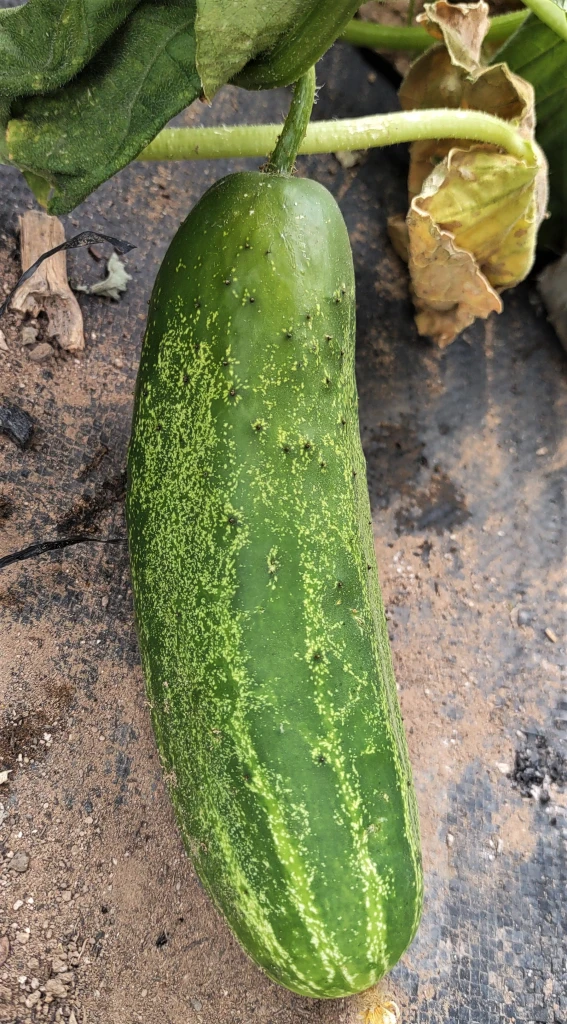

Lots of other non-tomato things are growing. Wenk’s Yellow hot pepper has medium heat and has always been one of the best producers in this high desert climate. I’m trying to grow 12 varieties of gourd, though half the seeds never germinated. They (the gourd vines, that is) are finally starting to put out blossoms – male blossoms anyhow. And who could not appreciate the beautiful display of an okra blossom?
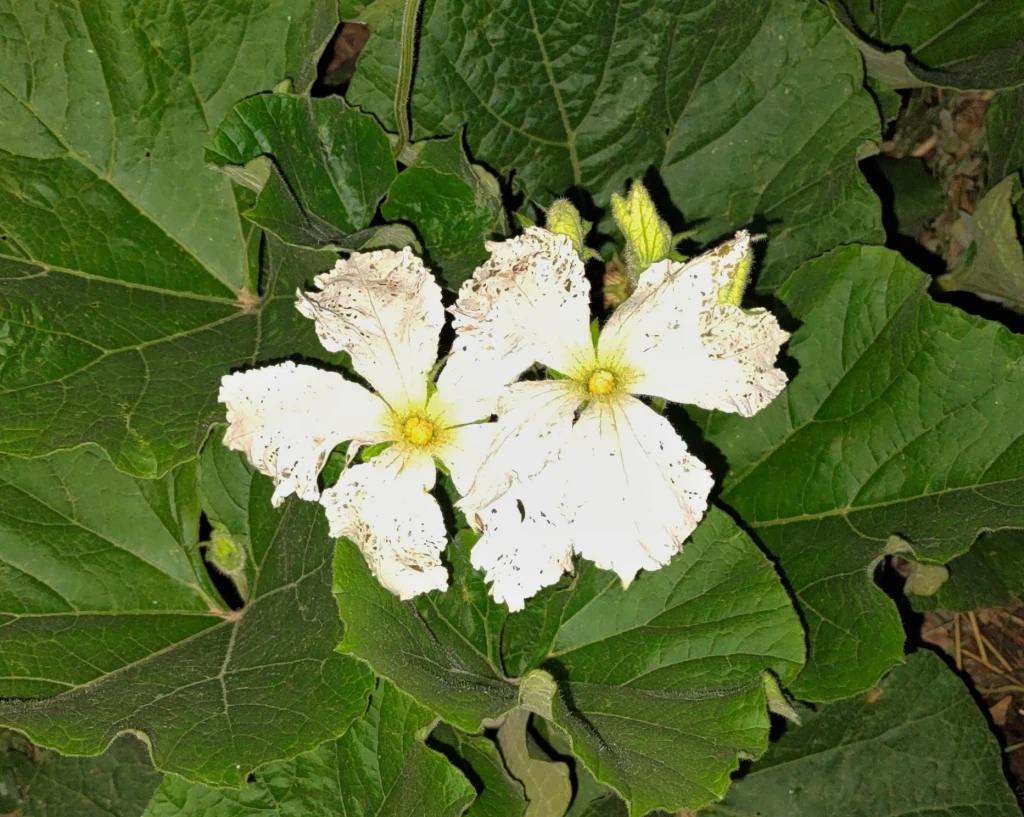

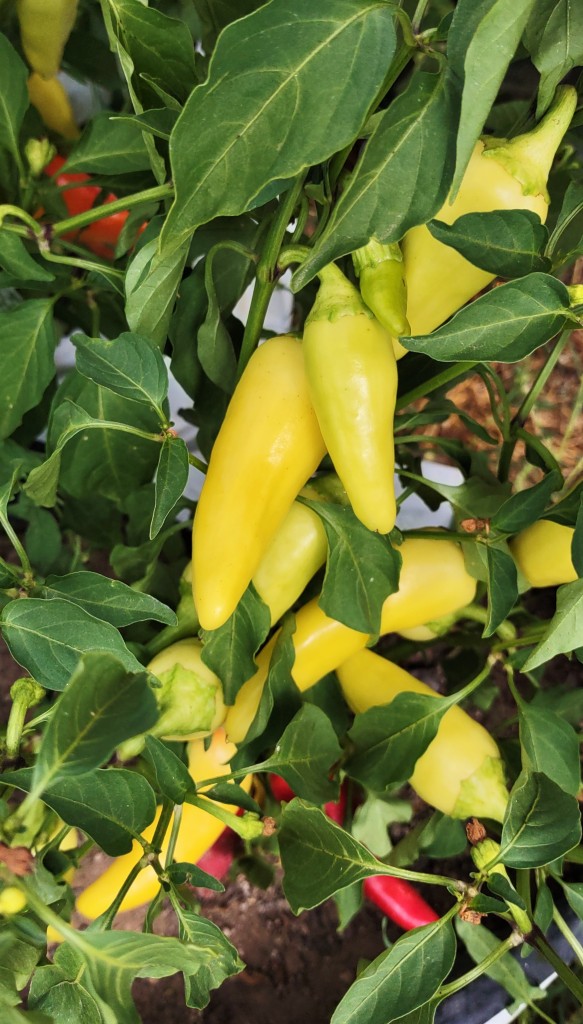
Some miscellaneous photos of interest. Historic coke ovens are irrelevant to Delectation of Tomatoes, but interesting local tourist attraction.
Another double rainbow, framing the tomato patch.
Rainwater running down the gutter – a welcome event in this high desert climate.
A helicopter flying right over the garden with a Bambi Bucket – a clear indication of wildfires in the area.
